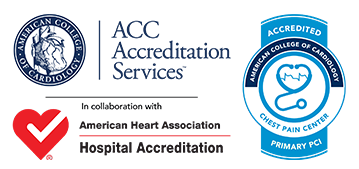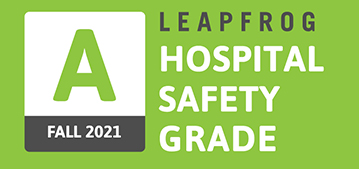Peripheral Vascular Disease
Adventist Health Specialty Bakersfield is equipped for the diagnosis and treatment of Peripheral Vascular Disease
Adventist Health Specialty Bakersfield is equipped for the diagnosis and treatment of Peripheral Vascular Disease (also called peripheral Arterial Disease). PAD/PVD is a common circulatory problem in which narrowed arteries reduce blood flow to your limbs. When you develop peripheral artery disease (PAD), your extremities – usually your legs – don’t receive enough blood flow to keep up with demand. This causes symptoms, most notably leg pain when walking (intermittent claudication). Peripheral artery disease is also likely to be a sign of a more widespread accumulation of fatty deposits in your arteries (atherosclerosis). This condition may be reducing blood flow to your heart and brain, as well as your legs.
Common Symptoms
- Painful cramping in your hip, thigh or calf muscles after activity, such as walking or climbing stairs (intermittent claudication)
- Leg numbness or weakness
- Coldness in your lower leg or foot, especially when compared with the other side
- Sores on your toes, feet or legs that won’t heal
- A change in the color of your legs
- Hair loss or slower hair growth on your feet and legs
- Slower growth of your toenails
- Shiny skin on your legs
- No pulse or a weak pulse in your legs or feet
- Erectile dysfunction in men
Painful cramping in your hip, thigh or calf muscles after activity, such as walking or climbing stairs (intermittent claudication)
If peripheral artery disease progresses, pain may even occur when you’re at rest or when you’re lying down (ischemic rest pain). It may be intense enough to disrupt sleep. Hanging your legs over the edge of your bed or walking around your room may temporarily relieve the pain.
If you have leg pain, numbness or other symptoms, don’t dismiss them as a normal part of aging. Call your doctor and make an appointment.
Even if you don’t have symptoms of peripheral artery disease, you may need to be screened if you are:
- Over age 70
- Over age 50 and have a history of diabetes or smoking
- Under age 50, but have diabetes and other peripheral artery disease risk factors, such as obesity or high blood pressure
Department & Services

Specialty Bakersfield Reaccredited as Chest Pain Center

BHH Receives “A” in Safety
[wpseo_breadcrumb] Your digital COVID vaccine record refers to the details of your COVID vaccination as stored in the...

Get Digital Proof of your COVID-19 Vaccine
[wpseo_breadcrumb] Your digital COVID vaccine record refers to the details of your COVID vaccination as stored in the...

